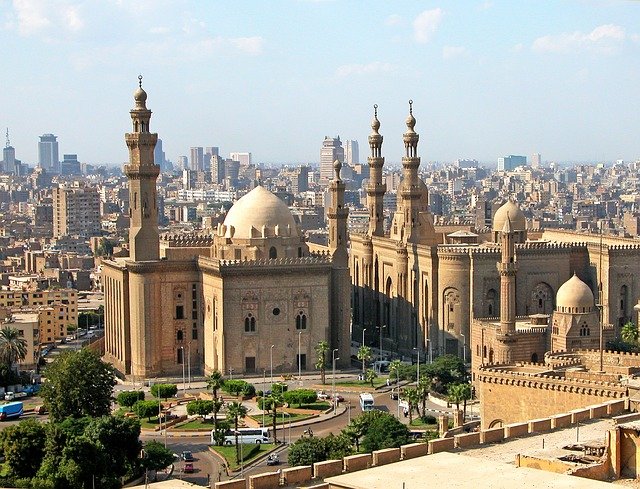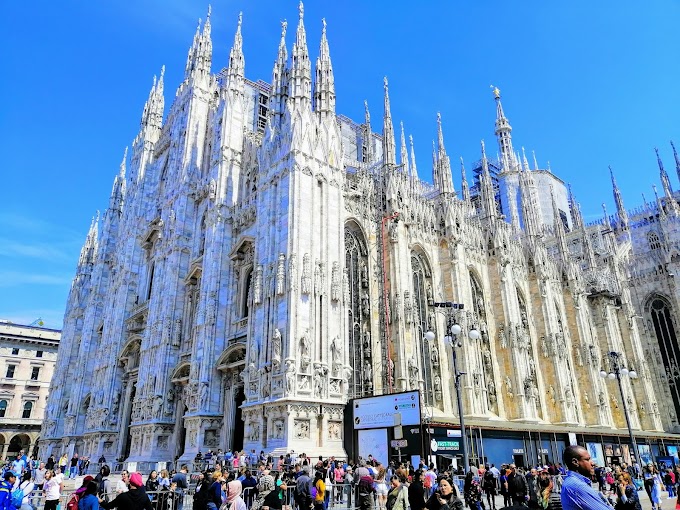Ancient sites that have survived for centuries or millennia in the 21st century have not been so successful. The destruction of Palmyra in Syria, the Buddhas in Bamiyan, Afghanistan, and the ruins of Nimrod outside Mosul, Iraq, show just how uncertain the future can be. Here are 6 of the best ancient cities you can visit - destinations that give an insight into the past of mankind and the ability that people have brought to create amazing things without computers or heavy machinery.
Although Athens originated 5,000 years ago, the modern city has found great ways to coexist with its ancient monuments. Below the Acropolis, the neighborhood streets that can be walked by are windswept past cafes and shops.
Many are packed with tourist tokens, but mixed with ample art galleries and good food to satisfy even the most down-to-earth traveler. Many of the city's social life is located around monuments, and the stunning ruins of classical Greece make for a casual backdrop to the everyday life of the Athenians.
Angkor Wat - Cambodia
In the 12th century, the Khmer gained a greater understanding of the known universe and attempted to recreate it on a smaller scale. The result was Angkor Wat, an ornate moat and towers with walls covered with astonishingly detailed basic reliefs of Hindu deities. Ancient Khmer took a broad view of the sights to be preserved.
Many thematically describe celestial objects or sacred, but other murals describe worldly activities such as the banquet. The Angkor Archaeological Park covers an area of more than 150 square miles and covers an area of 500 acres. The main temple attracts a large number of tourists, but the lesser-known temples allow you to navigate through the ancient Khmer capital, which dates back to the 9th century.
Bagan - Myanmar
Bagan's treasure, long hidden from Myanmar's military government's international perspective, came to the fore again with the opening of the country of political reform. Here, more than 2,000 Buddhist temples fill a plain along the Irrawaddy River, creating a landscape. The crowds are much smaller and more adventurous than the tour groups that fill Machu Picchu or Angkor Wat.
After decades of civil war and international isolation, Myanmar is still being explored. The current crisis over Rohingya treatment of the Muslim minority is also attracting global criticism. None of this makes this temple town of the 11th century any more magical. The kingdom that ruled here was destroyed by earthquakes and Kublai Khan's invaders but the quiet temples retain the spiritual air that cannot be ignored.
Istanbul - Turkey
Istanbul is a large city spread over two continents. Most notable is the way the city piles up more naturally than anywhere else in the world and goes through great periods of history. Istanbul, built by successive emperors from Byzantium to Constantinople to modern Turkey, is immediately recognizable in the sky.
In the historical essence that surrounds Hagia Sophia, the Byzantine-era Hippodrome circus sits a short distance away from the Topkapi Palace of the Ottoman Empire. It contains antiquities, including the staff of Moses. All around, Istanbul is a modern city with high-end dining, galleries, and architecture that makes it one of the most important cultural centers in the world.
Visiting a city as beloved as Rome is fraught with special dangers: the crowd, the cheese souvenirs, the young people in the full Gladiator regalia appear to take selfies with tourists. But there are a few similar places. Take the Colosseum, a 2,000-year-old stadium in the center of a modern city.
In the time of the real gladiators, 50,000 spectators will come to their deaths for bloody matches with the emperor. The Colosseum had a roof that could pull roots. It is a vis-bang entanglement known as valerian. It uses sail technology to protect the crowd from the sun and rain to dig the canopy. We do not even mention the Vatican, Catacombs, or the forum.
Cairo - Egypt
For first-time visitors, it is shocking how close the Giza and the Great Sphinx pyramids are to the chaotic streets of Cairo. With a population of 22 million, Cairo is one of the largest cities in the world and is built around the oldest urban center of mankind. The tombs in Giza are 4,500 years old and the Egyptian Antiquities Museum has an incredible collection of the oldest inhabitants of the Nile.
But the less ancient parts of Cairo are also rich in cultural objects. The present city was founded over 1,000 years ago and is one of the oldest universities in the world, with a rich heritage of Islamic art and often overlooked Coptic treasures.












0 Comments